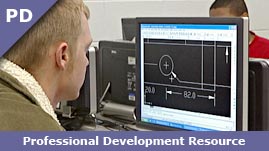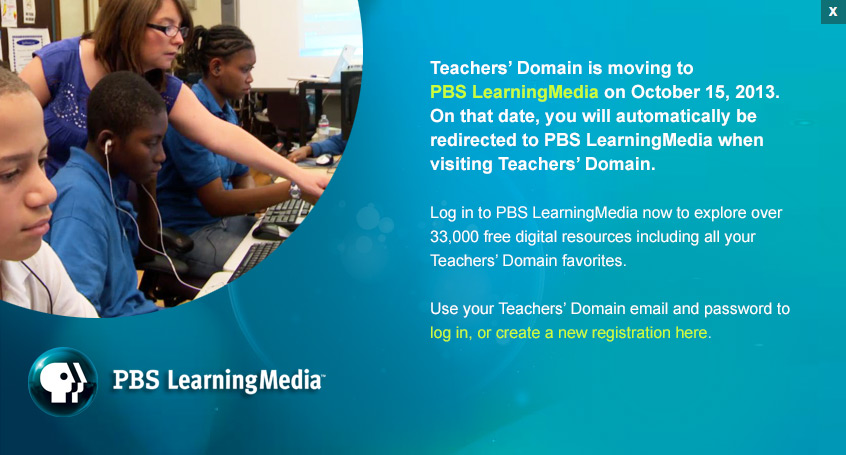Teachers' Domain - Digital Media for the Classroom and Professional Development
User: Preview


Source: Getting Results: "Integrating Disciplines in Project-Based Learning"
This media asset is from Getting Results: "Integrating Disciplines in Project-Based Learning."
In this professional development video from Getting Results, instructors from different disciplines fit content from their disciplines into one integrated project that simulates a real-world problem. The instructors—from physics, technology, math, and communications disciplines—discuss the project and work with their students. One instructor explains that each course revolves around a real-world home insulation problem. The communications instructor, for instance, teaches students to write a formal report on their product. Communication between the instructors is key to integrating the different courses.
Effective planning starts with considering the course outcome—what students should be able to do outside the classroom with the information they have learned in the classroom. With the outcome determined, the teacher can then select appropriate activities.
Activities that focus on workplace skills prepare students for future careers. Teaching to skill standards—the knowledge and abilities students need to get jobs—creates a gateway to the work world. Also, instructors should consider a field’s current trends, knowledge, and technology when planning a course.
Aligning course outcomes with those of other courses in a department or program gives students an integrated education. Communication and collaboration among instructors are essential to this big-picture approach. The result is a thoughtful curriculum that clearly connects students to future careers.
 Loading Standards
Loading Standards